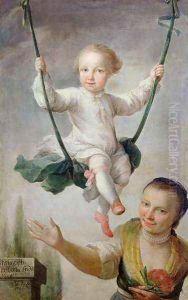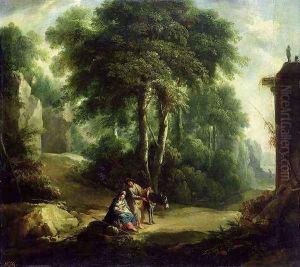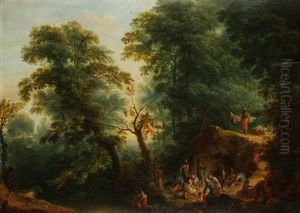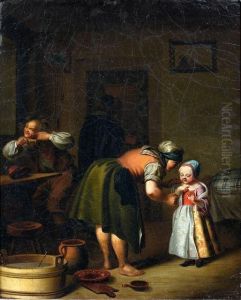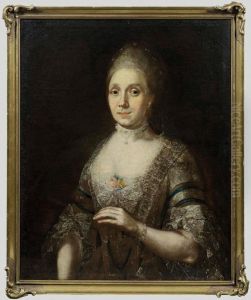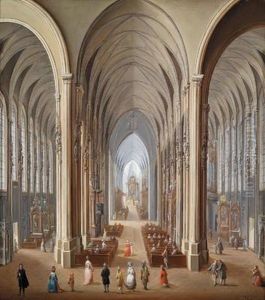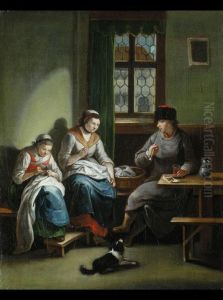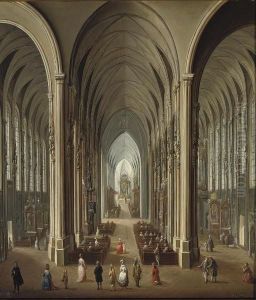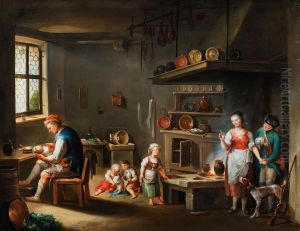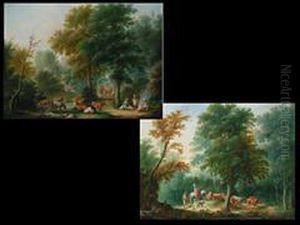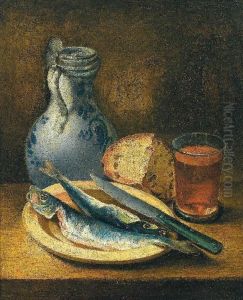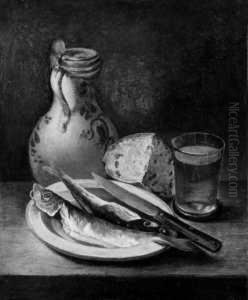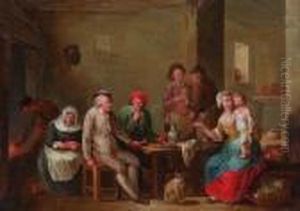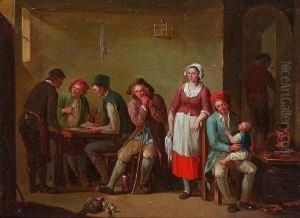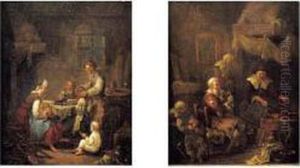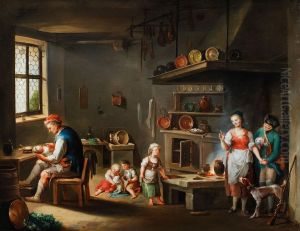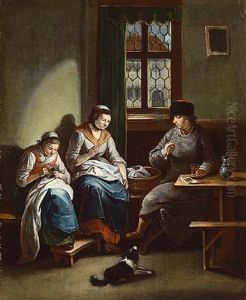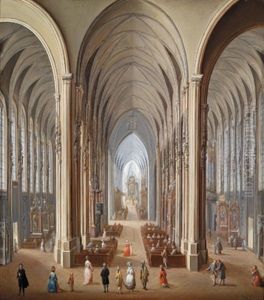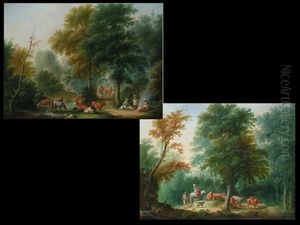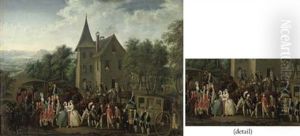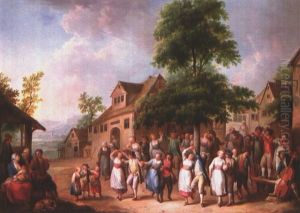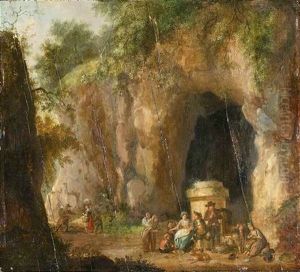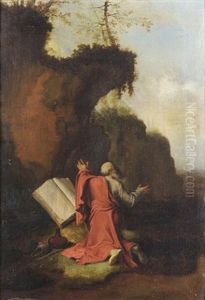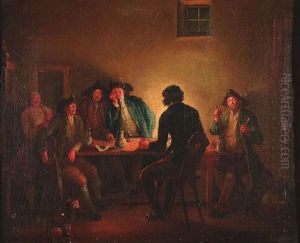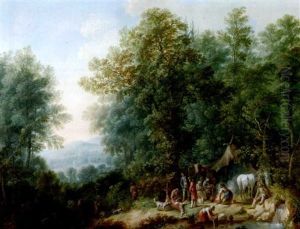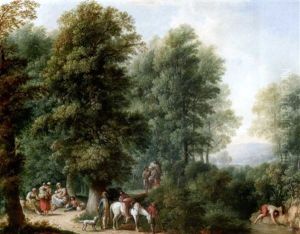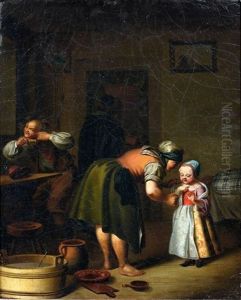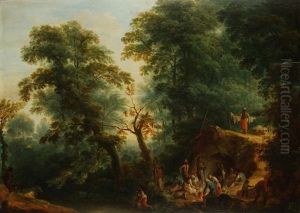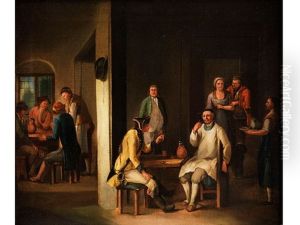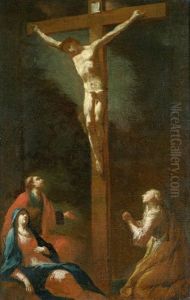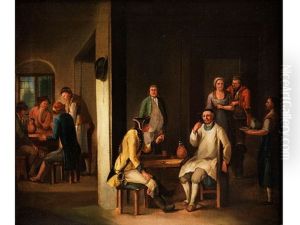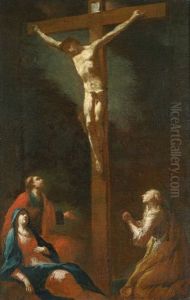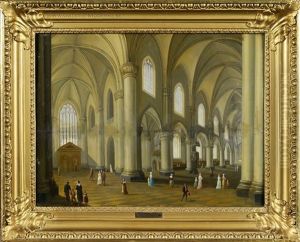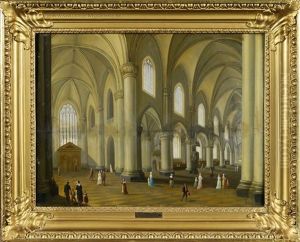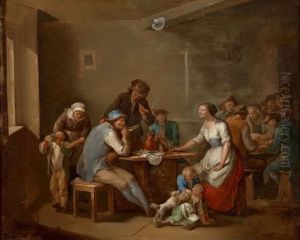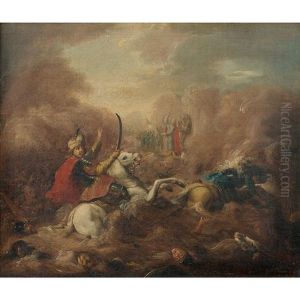Johann Andreas Herrlein Paintings
Johann Andreas Herrlein was a German painter and engraver born in 1723 in Fulda, present-day Germany. He is primarily known for his work in the Rococo style, which was a dominant style in Europe during the 18th century, characterized by ornate and decorative elements. Herrlein received his artistic training in his hometown and developed a reputation for his religious paintings, frescoes, and altar pieces.
Throughout his career, Herrlein worked on various significant commissions, particularly for churches and religious institutions. His works often depicted biblical scenes and saints, executed with a dramatic flair and attention to detail that was typical of the Rococo period. Herrlein's frescoes and paintings can still be seen in several churches in Germany, reflecting the Baroque and Rococo artistic heritage of the region.
Herrlein’s contributions to the arts also extended to engraving, where he produced detailed prints. These engravings helped disseminate his style and the Rococo aesthetic more broadly, influencing other artists in Germany and beyond. His work as an engraver also indicates his versatility and skill in handling different mediums.
Johann Andreas Herrlein's career reflected the artistic and cultural trends of his time, and he remained an active and influential figure in the German art scene until his death in 1796. Although he may not be as widely known as some of his contemporaries, Herrlein's body of work has been appreciated for its craftsmanship and adherence to the Rococo style, which played a significant role in the evolution of European art.
